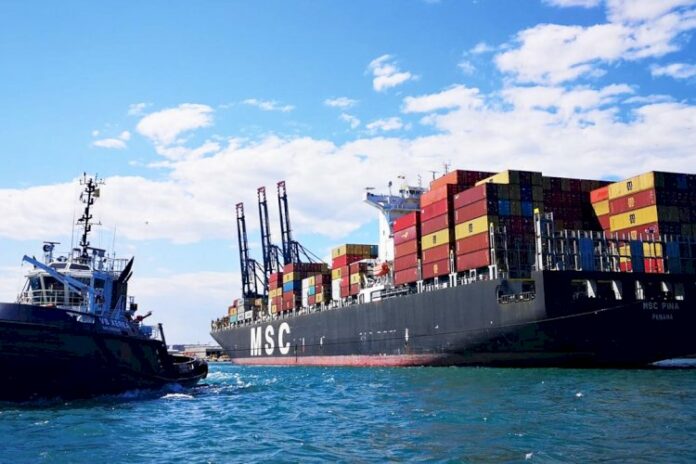The European Commission’s Connecting Europe Facility (CEF) Committee has approved aid for two projects in the Port of Valencia that will facilitate and accelerate the possibility of connecting ships to the electricity grid.
One of the projects is a study (EALING) for the coordination of work on “electrified” European ports and the other (EALINGWorks Valenciaport) will allow the co-financing of the electrical substation of the Port of Valencia, which recently received the approval of the Generalitat. Both projects were studied and drafted by the Port Authority of Valencia (PAV) and the ValenciaPort Foundation.
The first of these, the Global EALING Project (European flagship Action for cold ironing in ports) expresses the need to accelerate efforts to tackle climate change, improve the security and performance of ports, contribute to the transition to cleaner energy for maritime transport services provided in port areas and meet the new conditions arising from the technological breakthrough towards electrification.
The project will focus on carrying out the necessary studies to meet the need to build new OPS (Onshore Power Supply) infrastructure or upgrade existing infrastructure in participating ports, in line with the implementation of land-based electricity use in TEN-T core network ports and other ports by the end of 2025, and on preparing the final documentation for the tenders, so that work can start after the completion of the necessary studies for each participating port. The project is thus in line with Directive 2014/94/EU, which in its Article 4(5) includes that inland electricity supply shall be installed as a priority in the ports of the TEN-T central network, and in other ports, by 31 December 2025 at the latest, unless there is no demand and the costs are disproportionate to the benefits, including environmental benefits.
The objective of the second of the projects, EALINGWorks Valenciaport: Preparation of the electrical grid of the Port of Valencia for Onshore Powel Supply, is to prepare the port’s electrical grid for the supply of OPS to container ships, ferries and cruise ships in the new terminals of the Port of Valencia, both the new container terminal and the new passenger terminal).
As the demand for electricity from ships at berth is quite high, the installation of OPS in a port requires the improvement of the entire electricity network. Currently, the port of Valencia receives medium voltage electricity (20kV) from three different high and medium voltage electrical substations: ST LA PUNTA, ST GRAO and ST ALAMEDA. The use of 20kV combined with the security of supply requirements in the ports means that the maximum amount of energy to be demanded from the general network for non-instantaneous use must not exceed 13 MW. The average total power demand in the port falls around 7 MW, with demands of around 10 MW being very common. Considering the current characteristics of the port’s power grid, it is not realistic to consider an OPS at the docks of the Port of Valencia, unless the power grid is improved.



